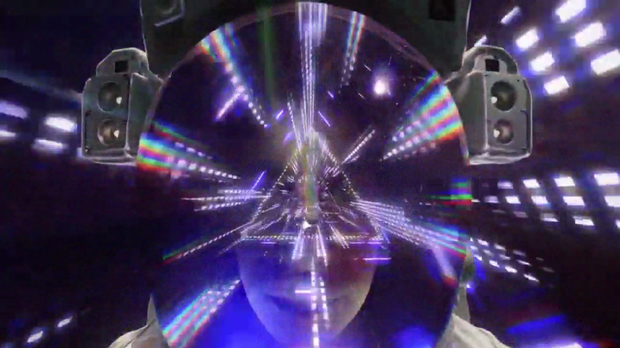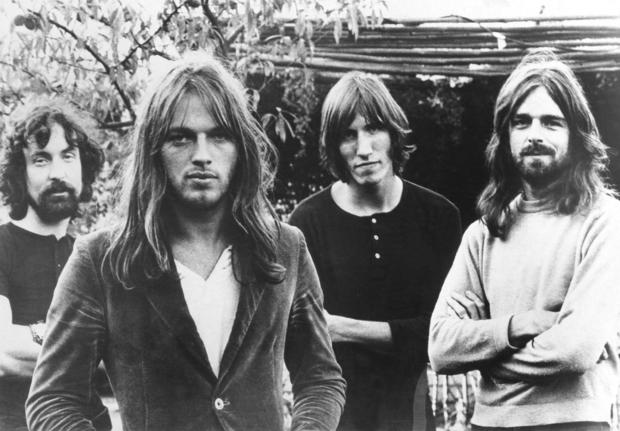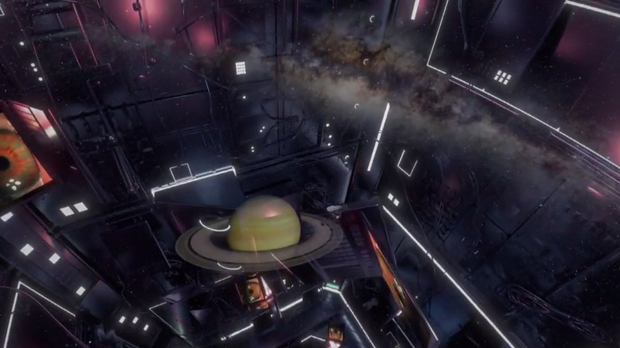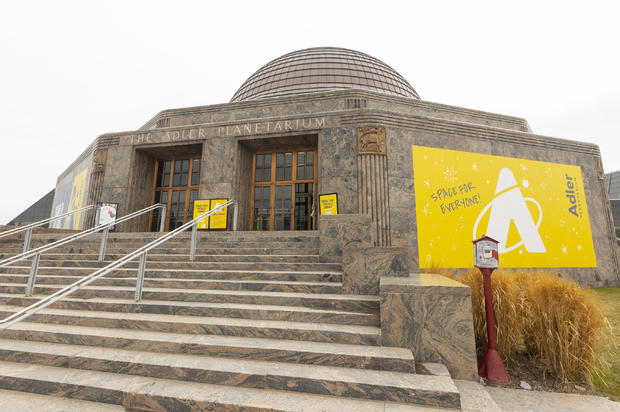Inside Pink Floyd's 'Dark Side of the Moon' show at the Adler Planetarium
CHICAGO (CBS) -- On Feb. 27, 1973, EMI Records held a news conference to debut the new Pink Floyd album, "Dark Side of the Moon," at the London Planetarium.
Fifty years later, "Dark Side of the Moon" has been on the Billboard charts for nearly 1,000 weeks cumulatively, and was consistently on the charts all the way up until July 1988 – more than 15 years after its release. It is also one of the most revered albums of all time, and to mark its 50th anniversary, a new show has launched at Planetariums around Europe – and for the only show so far in the U.S., the Adler Planetarium in Chicago.
Mike Smail, director of theaters and visualization at the Adler, joined CBS 2's Brad Edwards on the stream Friday. Smail said the difference between the new show at the Adler and what appeared half a century ago is "night and day."
"It's been 50 years, so if you wind the clock back to 1973, they did that first kickoff event listening party for the album at the London Planetarium. That was a time when you might have a turntable in your planetarium console for music. You might have mono – maybe you have stereo," Smail said. "What we have now is much better sound systems – we have a 15-2 Surround system; a newly-remixed version of the album that we're playing along with the show. And then the visuals are just night-and-day different."
Also part of the new show is a state-of-the-art visual experience that simply would not have been possible in 1973.
"What we can do now is any sort of computer-generated graphic; any sort of digital content… we can put that on the dome all around you. It's 180 degrees. It's in front of you, it's behind you – it's all around. It really immerses the audience into the show," Smail said. "So it's a night-and-day difference compared to any previous sort of Pink Floyd planetarium experience."
Pink Floyd – then composed of Roger Waters, David Gilmour, Nick Mason, and the late Rick Wright – had been expected to appear at the 1973 London Planetarium show, despite being known for shunning publicity. But they defied EMI and chose not to – with the exception of Wright, who turned around and left after finding out the band was boycotting the show, graphic designer Aubrey Powell wrote.
The planetarium was deemed the perfect backdrop for the playback of Britain's number one psychedelic space rock band. But part of the issue was that Pink Floyd did not like being called a psychedelic space rock band, and few today would likely call anything on "Dark Side of the Moon" psychedelic space rock.
In fact, the lyrical themes on "Dark Side of the Moon" are famously heavy and bleak – alienation and futility in "Breathe," mortality in "Time," avarice in "Money," war and antagonism in "Us and Them," mental illness in "Brain Damage."
But this time, Pink Floyd – which officially is now just made up of Gilmour and Mason – was fully on board with a space theme for the new planetarium shows.
"Pink Floyd initiated a conversation about starting the show about two years ago with the International Planetarium Society – which is kind of a trade group for professional planetariums – and they came with the simple goal of wanting to make a 'Dark Side of the Moon' show, but they really wanted it to be space-focused," Smail said. "They wanted the moon, obviously. They wanted the planets. They wanted the flying through the stars."
They joined up with graphic designer Powell and his company, Hipgnosis – who designed the cover art for "Dark Side of the Moon" and many other Pink Floyd works. Hipgnosis worked along with a creative planetarium dome production team in the U.K. to develop the visuals for the show, Smail said.
"Dark Side of the Moon" is 10 tracks – six songs with lyrics, and four tracks that introduce a barrage of sound effects, a breakneck-paced synth loop that might evoke an old-fashioned video game, minimalist piano and wordless vocals, and layers of melodic synth alongside a muddy electric guitar. Pointing out the titles of the tracks described in the previous sentence is surely not necessary.
If you have an LP, you flip it over after "The Great Gig in the Sky" and start side 2 with "Money." If you have a CD, it all runs together. Either way it amounts to a symphony rather than just a collection of tracks.
"It's really produced as an album. It's produced as a piece – so it's kind of strange to think of it as individual pieces. But each song does have its own sort of visual story – and it's a tale of human exploration," Smail said. "So the visuals start just over 50 years ago with the first human landing on the surface on the moon, and then it kind of moves through current space exploration – and without giving away too much, teases up a little bit of a potential future solar system exploration by the time you get to the end of it."
The show will appeal to diehard fans, first-time listeners, and everyone in between, Smail said. Fans will recognize classic Pink Floyd iconography such as pyramids and prisms throughout the show – along with many new visual experiences.
"Really, what's great about it is it's going to be appropriate for anybody and everybody – fans, the diehards, the folks who have the record on their shelves, listen to it all the time. In addition to just hearing it in a new way, they're going to – for the first time in a sort of planetarium experience – be able to see a sort of visual, artistic vision from the band, approved by the band," Smail said. "There have been many Pink Floyd planetarium shows over the years, but this is the only one that Pink Floyd and their creative team have actively been involved in the creation of."
Smail also points out that while marijuana is legal in Illinois now – much unlike 1973, or for that matter 2013 – you may not smoke in the planetarium.
The "Dark Side of the Moon" show will play for the last show of the day at the Grainger Sky Theater at the Adler through March 31, 2024. On Wednesdays there will be two shows. Tickets to the show at the Adler are $20 – and may be purchased in addition to a Museum Entry ticket or as an add-on to any museum package.
It is certain to be a much more exciting experience than trying for the 50th time to synchronize "Dark Side of the Moon" to "The Wizard of Oz."








